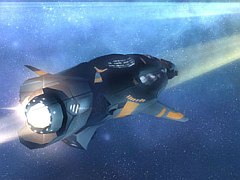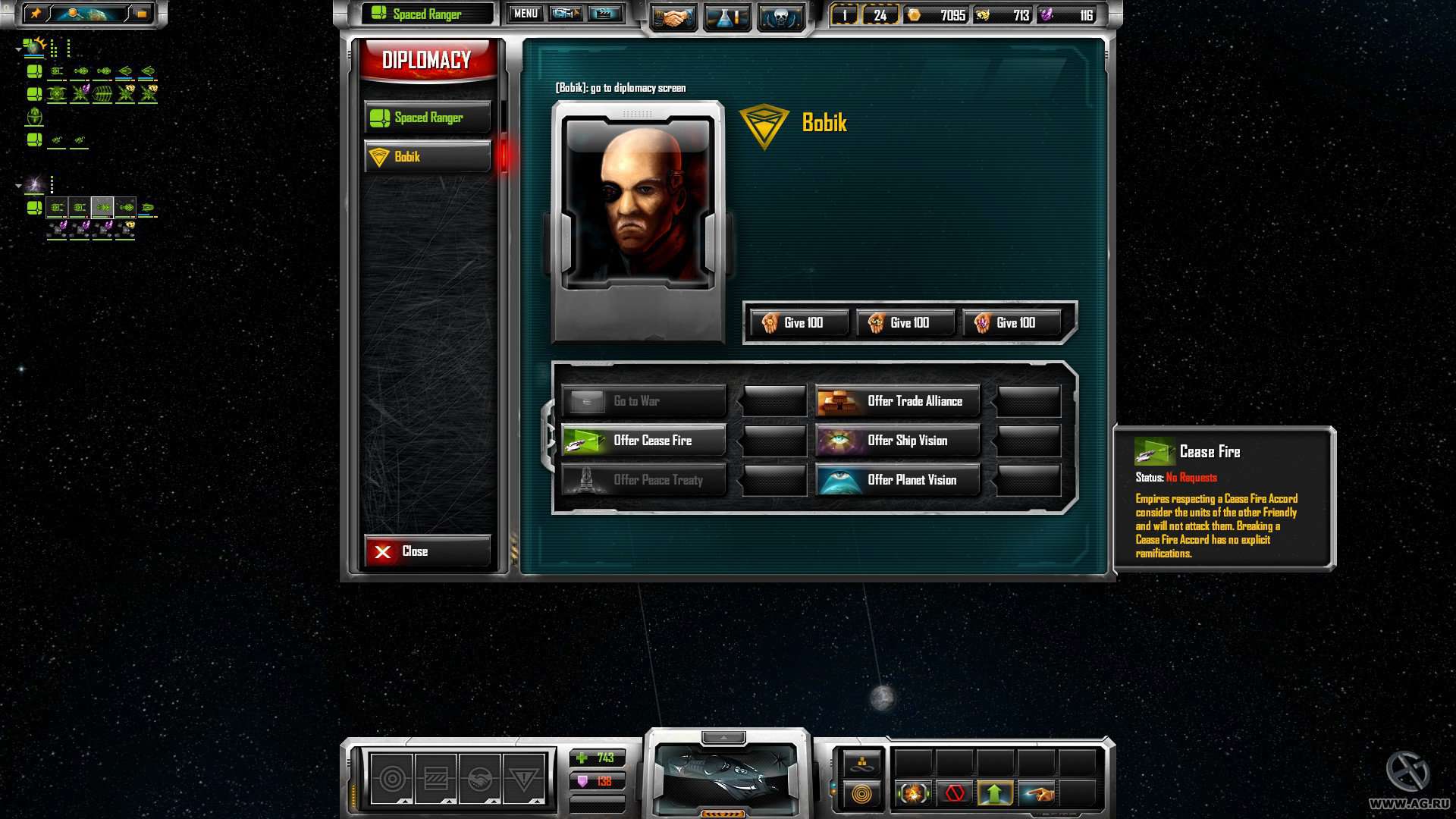You can trust VideoGamer. Our team of gaming experts spend hours testing and reviewing the latest games, to ensure you're reading the most comprehensive guide possible. Rest assured, all imagery and advice is unique and original. Check out how we test and review games here
Sins of a Solar Empire finally makes it to UK retail stores on June 20, so we caught up with Craig Fraser, Creative Director at Ironclad Games to discuss the challenges in developing such a ambitious game and if it’s at all suitable for consoles.
When you came up with the concept for SOASE, were there any particular games that had an influence on the design?
Craig Fraser: There were influences from many different mediums. Our first inspiration was a cool board game called “Buck Rogers Battle for the 25th Century”. The game featured a dynamic solar system, a large number of star ships, ‘hero’ units with special abilities, and a number of planets/territories. We also borrowed from the Settlers of Catan series and other great German board games.
As far as video games go, we were inspired by many 4X (Explore, Expand, Exploit, Exterminate) titles we used to play, most notably VGA Planets, Spaceward Ho! and Master of Orion. In more recent years, we’ve played a considerable number of real-time strategy games, from Dune 2 and Warcraft 2 to Rome:Total War and Rise of Legends. Our development history with Homeworld: Cataclysm and Treasure Planet: Battle at Procyon also gave us a solid foundation.
What technical challenges were posed by combining the major gameplay elements of the 4X and RTS genres?
CF: I think the major challenges were mostly related to the scale and the user interface. 4X games are typically on a much more massive scale than RTS games and nobody would accept a 4x game (even RT4X) with 200 units in a fairly contained area. You can’t explore your ‘backyard’ so the game had to have the same scale as a 4X, but at the same time allow the player to control all those units from anywhere (in real-time) without wading through menus to issue orders. This meant the UI had to be incredibly streamlined compared to a 4X.
I think the challenges were more on the design side; balancing depth and speed. From a technical standpoint, the sheer distances involved in the game and designing systems to deal with them in real-time were probably the largest hurdles.
Are there any advantages in making a game in a freeform style or sandbox, as opposed to using a narrative-based style?
CF: For sure. Replayability is greatly enhanced by the sandbox style. You could compare it to Lego. The original Lego sets provided a variety of different pieces of all shapes and sizes. People could build an infinite number of cool projects. When the pre-fabricated sets came out the end project always looked cool, but was basically the same every time.
In terms of development, classic 4X titles typically have a non-linear ‘sandbox’ mode, relying on the player to create their own story. Considering Sins is ‘half’ RTS, we dabbled with the idea of an RTS narrative to help carry the game’s deep lore. The reason we turned down a campaign was simple: We had limited resources and were forced to decide between creating A) a title with strong gameplay, a solid engine, and great replay value, or B) a title with average gameplay, a rushed campaign and very little replay value. ‘A’ seemed the obvious choice to us at the time.
SOASE is quite unusual in that the unit cap is determined by the player’s research level, rather than their available resources. What made you take this approach?
CF: Although the unit cap upgrades are found in the research area, they are sectioned off as fleet logistics. They represent the training and provisioning for amassing your fleet and capital ships. We originally had fleet supply ‘farms’ that generated fleet points but we felt this classic model became tedious and boring. At one point there, fleet supply structures were crowding everything.
The PC has historically always been *the* platform for strategy games on the grand scale, but with titles like Supreme Commander being ported to the Xbox 360, are there any plans for SOASE to make the transition over to consoles?
CF: In the game’s current form, not likely. In early development we played with an Xbox controller, but our user interface enhancements since then do not lend themselves well to a console. We rely heavily on the scroll wheel, select from the empire tree, and using the right click camera rotations – which are very intuitive with the mouse. I think players would feel overwhelmed with the epic scale on a console. It would take a considerable rethink of the UI. We could consider a similar game set in the Sins’ universe on a console in the future. RTS games really haven’t had a lot of luck on the console in the past. I am interested in seeing how Supreme Commander 360 turns out. Hellbent’s wheel selector UI looks very intuitive.
SOASE has been outselling mainstream titles like Call of Duty 4. Do you think the decision to release the game without DRM contributed to this and what could other PC game developers learn from the whole DRM/no DRM debate?
CF: There is no question the anti-DRM stance and our relationship with Stardock has boosted our sales. We received a lot of feedback from people who purchased the game on our policy alone, some of them, self-confessed pirates! I think gamers are becoming very frustrated with the increasingly intrusive DRM practices. It’s clear from the recent SecuROM backlash that gamers are not going to accept big brother controls when they purchase a game. Hopefully the future will hold a technology that protects developers work without infringing on customer rights.
Given SOASE’s strong performance in the sales charts, can we expect to see a sequel or any expansion packs?
CF: We are busy wrapping up our huge 1.1 patch and supporting the community at the moment. We’ll be taking a look at the Sins of a Solar Empire expansion following that. Then we’ll likely take a break from the Sins franchise and revisit some time in the future. We need to make way for our next title, which is of an entirely different breed!
VideoGamer.com: Thanks for your time.

/https://oimg.videogamer.com/images/7396/sins_of_a_solar_empire_8.jpg)






